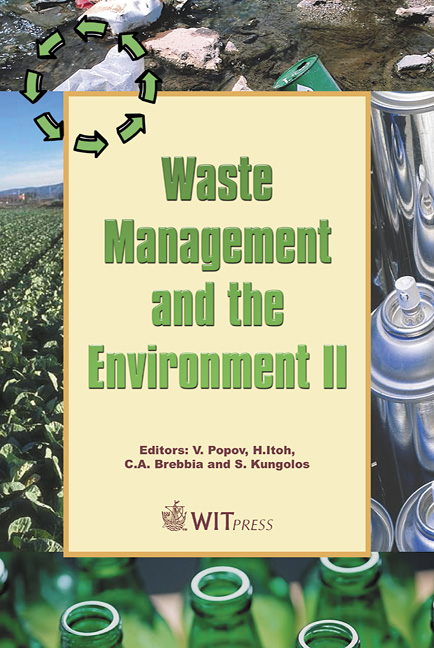Combustion Conditions And Design Control Of A Two-stage Pilot Scale Starved Air Incinerator By CFD
Price
Free (open access)
Transaction
Volume
78
Pages
10
Published
2004
Size
1,261 kb
Paper DOI
10.2495/WM040031
Copyright
WIT Press
Author(s)
F. Kokalj, N. Samec & L. Škerget
Abstract
Contemporary development of successful incineration devices is based on computational fluid dynamics (CFD) simulation of reacting flow. Thus, the appropriate numerical simulation is engaged as a tool to develop new or to upgrade old incinerators. State-of-the-art commercial software packages enable reliable and accurate simulation of combustion processes including the ultimate analysis of the physical complete combustion conditions. Turbulence, temperature and residence time can be calculated and predicted by applying various macroscopic empirical fluid flow and combustion models. Direct accurate insight into processes inside the combustion chamber are however possible only through the practical CFD application. In our case the study of achievement difficulties of the complete combustion conditions in a two stage pilot incinerator has been numerically investigated by applying the CFD software package CFX 5.6. Initially all available combustion models were examined and the most appropriate model giving most accurate results chosen for further numerical investigations. Results obtained by different combustion models have been compared at different combustion and flow conditions in the secondary chamber of the two-stage pilot incinerator. The most suitable combustion model has been used for the ultimate analysis of the complete combustion conditions considering real boundary condition values. The influences of the way of secondary and tertiary air inflow, flue gases mass flow rate and changes of the waste calorific value on the physical complete combustion conditions (i.e. temperature, residence time and turbulence) have been investigated. The original second chamber pilot incinerator design modifications were submitted. New secondary and tertiary air intake design proposals were made in accordance with the primary incineration goal of achieving complete combustion of waste. Modifications are small-scale low cost interventions. Keywords: numerical simulation, combustion models, reactive flow, waste incineration, incinerators.
Keywords
numerical simulation, combustion models, reactive flow, waste incineration, incinerators.





